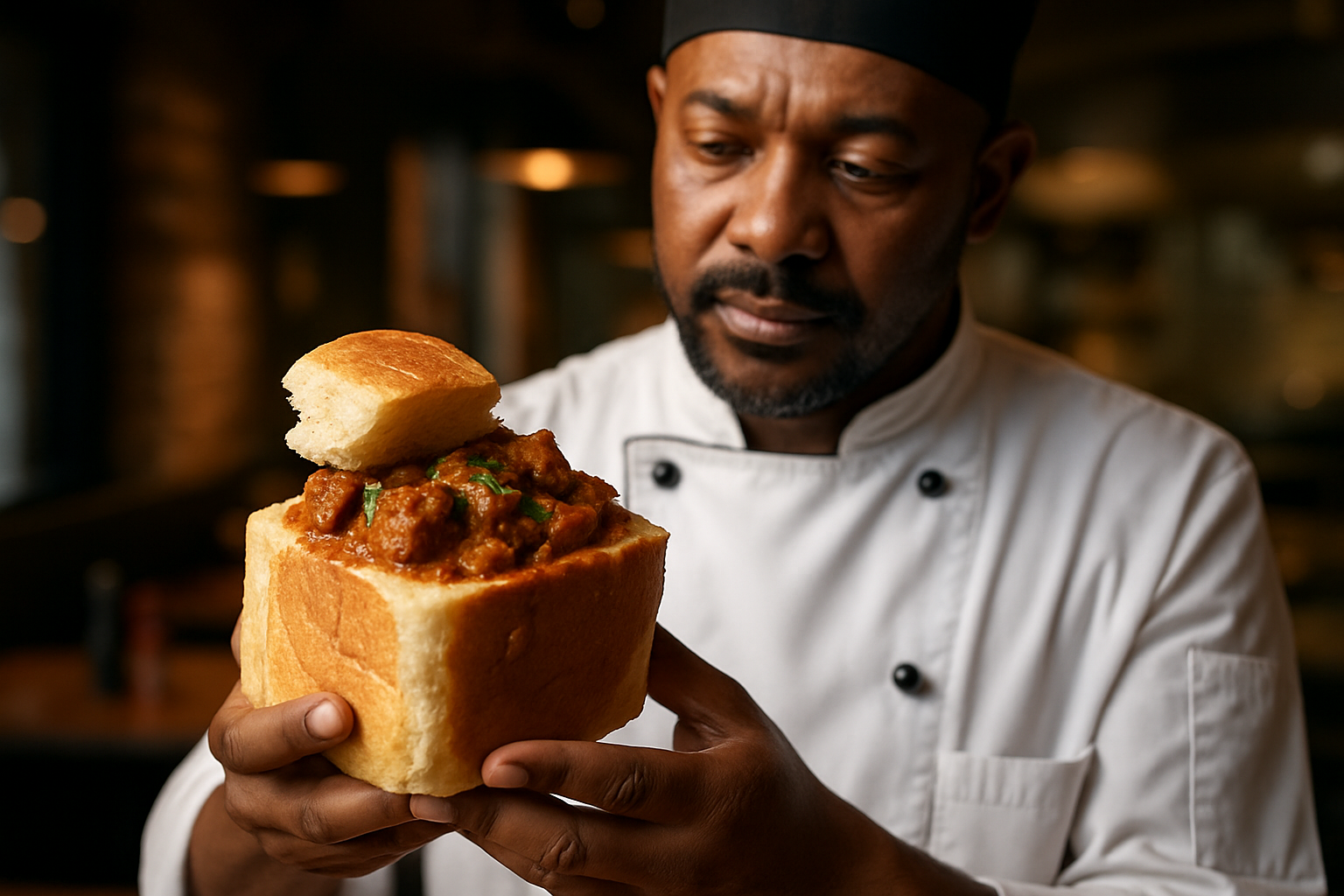Culinary Cinema: The Gastronomic Revolution on Screen
In an era where food culture has permeated every aspect of our lives, a new genre of filmmaking is simmering to perfection. Culinary cinema, a blend of gastronomy and visual storytelling, is tantalizing audiences worldwide with its sumptuous visuals and mouthwatering narratives. This cinematic feast is not just about showcasing delectable dishes; it's a cultural exploration, a sensory journey, and a reflection of our evolving relationship with food.

Beyond the Kitchen
While many culinary films focus on professional chefs and restaurant kitchens, the genre has expanded to encompass a wide range of themes. From documentaries exposing the dark side of industrial food production to heartwarming tales of family recipes passed down through generations, culinary cinema offers a smorgasbord of narratives. Films like Jiro Dreams of Sushi delve into the dedication and artistry behind culinary mastery, while others like Chef use food as a vehicle for personal redemption and reconnection.
A Feast for the Senses
One of the most remarkable aspects of culinary cinema is its ability to engage multiple senses through a purely visual and auditory medium. Directors employ a variety of techniques to make audiences practically taste and smell the dishes on screen. Close-up shots of sizzling pans, the rhythmic chopping of vegetables, and the soothing sound of a simmering pot all work together to create a multi-sensory experience. This sensory immersion has led to a phenomenon where viewers often leave theaters with an insatiable appetite and a newfound appreciation for the culinary arts.
Cultural Storytelling Through Food
Culinary cinema serves as a powerful tool for cultural storytelling. Films like Eat Drink Man Woman and Ratatouille use food as a lens through which to explore family dynamics, cultural traditions, and the clash between old and new. These films demonstrate how food can be a universal language, bridging gaps between generations and cultures. By focusing on the rituals and emotions surrounding food preparation and consumption, culinary cinema offers insights into societal values and human connections that transcend linguistic and cultural barriers.
The Impact on Food Culture
The rise of culinary cinema has had a profound impact on food culture and the restaurant industry. Many films have inspired viewers to explore new cuisines, learn cooking techniques, and seek out culinary adventures. Restaurants featured in popular culinary films often see a surge in popularity, with dishes showcased on screen becoming instant bestsellers. This phenomenon has led to a symbiotic relationship between the film and culinary worlds, with chefs collaborating on film projects and filmmakers drawing inspiration from the latest gastronomic trends.
Challenges and Criticisms
Despite its popularity, culinary cinema faces its share of challenges and criticisms. Some argue that the genre often presents an idealized version of the culinary world, glossing over the harsh realities of professional kitchens. Critics also point out that the focus on high-end cuisine can be exclusionary, ignoring the rich culinary traditions of everyday cooking. Additionally, there are concerns about the potential for culinary cinema to contribute to unrealistic expectations and food waste as viewers attempt to recreate elaborate dishes at home.
The Future of Culinary Cinema
As food continues to play an increasingly central role in popular culture, the future of culinary cinema looks bright. Emerging technologies like virtual and augmented reality promise to take the sensory experience to new heights, potentially allowing viewers to smell and taste dishes as they watch. There’s also a growing trend towards more diverse and inclusive culinary narratives, showcasing cuisines and food stories from underrepresented communities. With streaming platforms investing heavily in food-related content, culinary cinema is poised to reach even wider audiences and continue evolving as a genre.
In conclusion, culinary cinema has emerged as a rich and vibrant genre that satisfies our hunger for both entertainment and gastronomic exploration. By combining the visual power of film with the universal appeal of food, these cinematic creations offer a unique window into human culture, creativity, and connection. As we continue to explore the intersections between food and art, culinary cinema will undoubtedly play a crucial role in shaping our understanding and appreciation of the culinary world. Whether you’re a food enthusiast or a film buff, there’s never been a better time to sit back, relax, and enjoy the feast for the senses that is culinary cinema.






